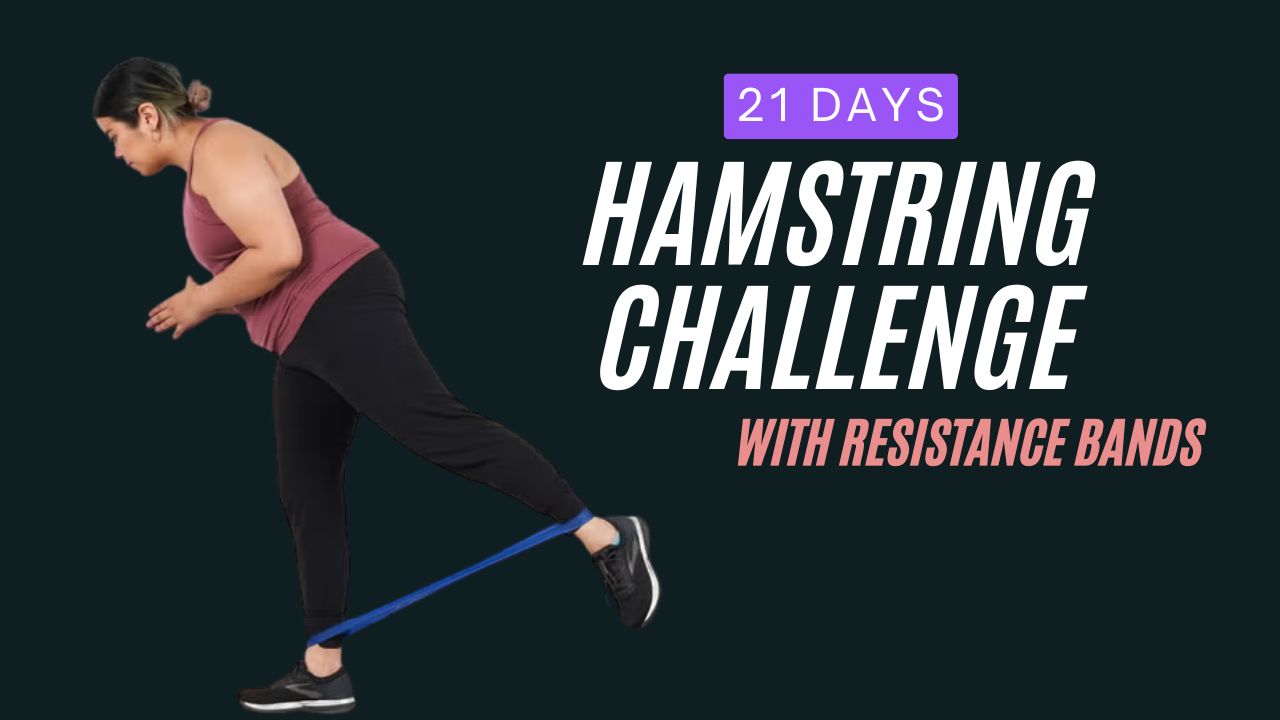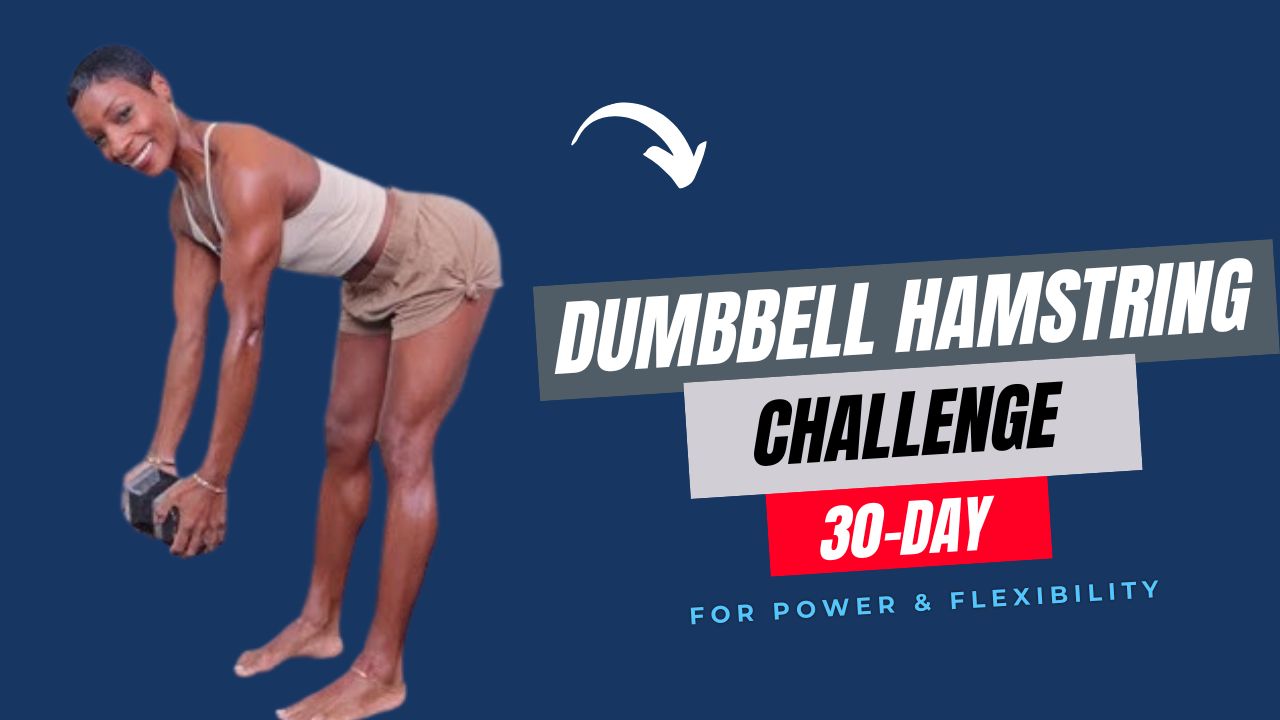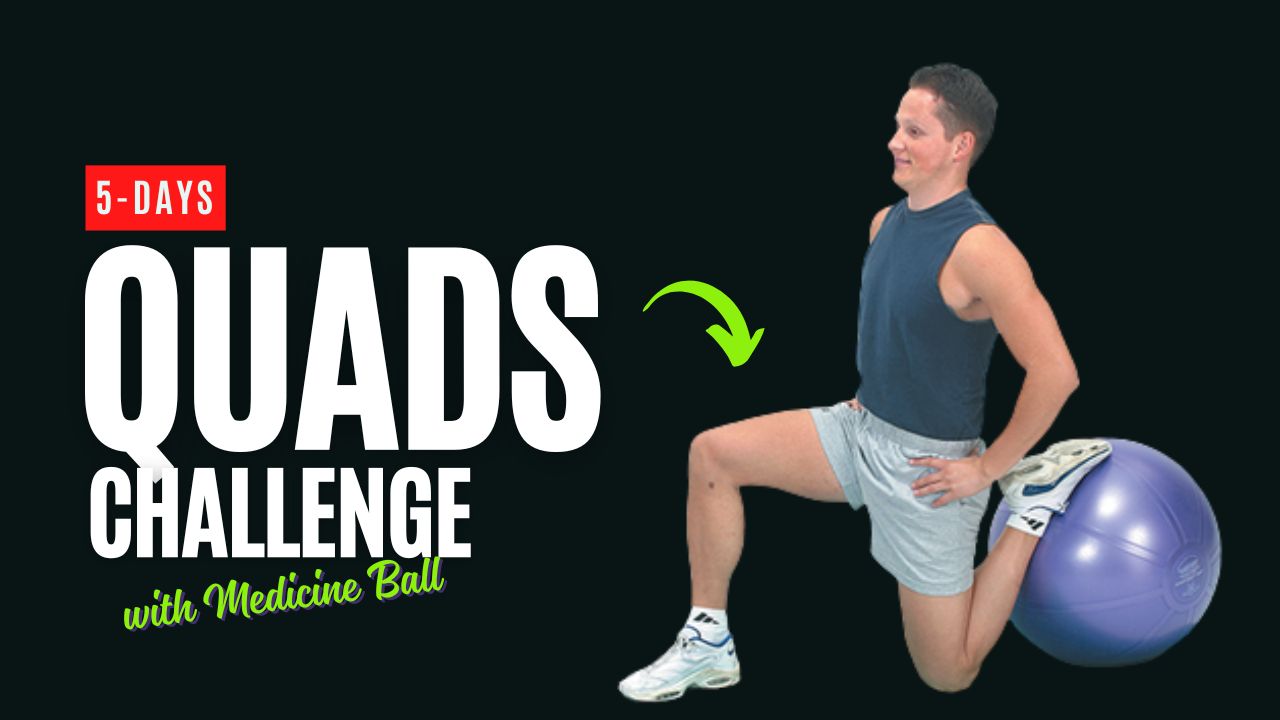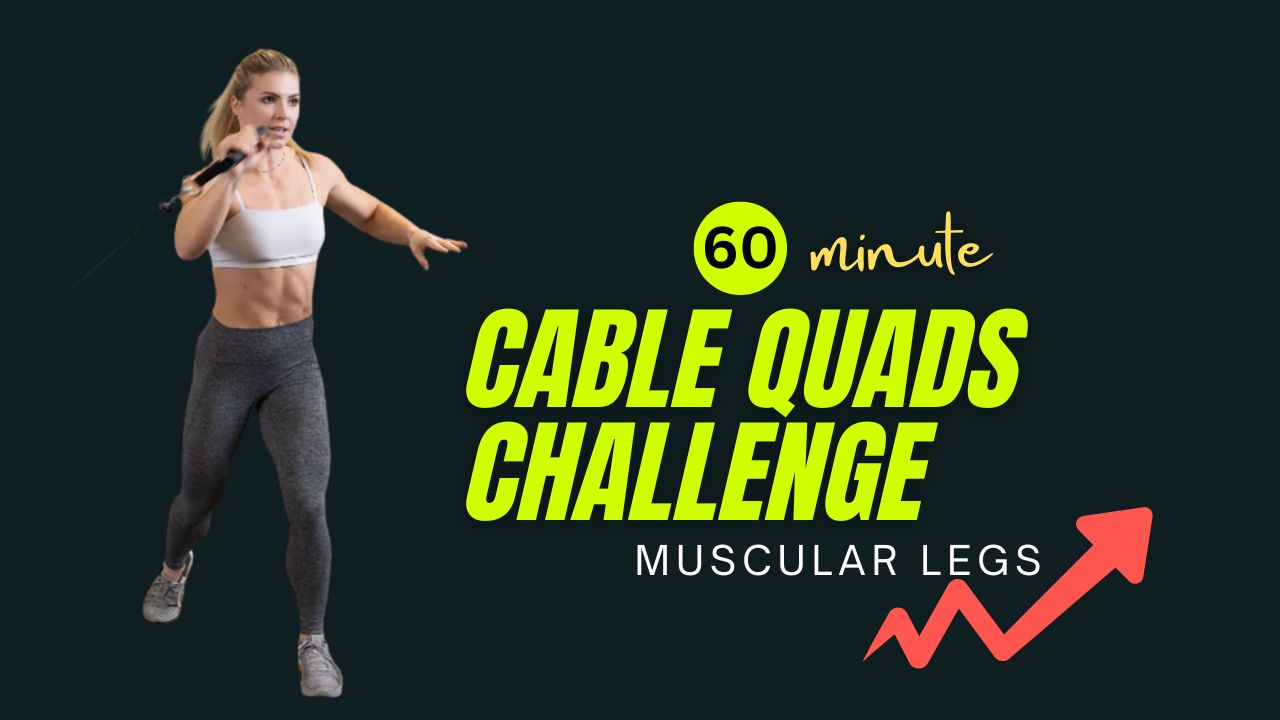Do you know that most people spend hours in the gym focusing on glutes or hamstrings, yet their quads—the powerhouse of your legs—often get overlooked?
Strong, well-defined quadriceps are not only visually impressive but crucial for stability, knee health, and explosive athletic performance.
Many assume that squats and lunges are the only way to build leg strength, but cable machines can provide controlled tension throughout the entire range of motion, ensuring maximum muscle activation while reducing the risk of injury.
Today, we’re diving deep into a 60-minute quad-focused cable workout challenge designed for lean, muscular legs. Whether you’re a beginner or an advanced lifter, this routine will help sculpt your quads, improve endurance, and enhance overall lower-body strength.

Table of Contents
Why Cable Machines Are Great for Quad Development
Cable machines offer a unique advantage: constant tension. Unlike free weights, where resistance changes with the angle of movement, cables maintain steady tension, forcing your quads to work harder throughout every rep. Additionally, cables allow for unilateral training, which helps correct muscle imbalances and improves stability.
Interesting Fact: Research shows that cable exercises can activate the quadriceps more evenly than some traditional free-weight movements. This is particularly helpful for targeting the vastus medialis, the “teardrop” muscle of your thigh that gives your legs a defined look.
What Can Happen After 30 Days of This Cable Quad Workout
| Outcome/Benefit | Description |
|---|---|
| Increased Quad Strength | Noticeable improvement in leg power and ability to lift heavier weights. |
| Enhanced Muscle Definition | Quads become more toned and visibly sculpted. |
| Better Knee Stability | Strengthened muscles support the knee joint, reducing risk of injury. |
| Improved Balance and Coordination | Unilateral exercises like lunges and step-ups enhance stability. |
| Increased Endurance | Higher reps and controlled movements improve muscular stamina. |
| Boosted Athletic Performance | Stronger quads improve sprinting, jumping, and overall lower-body agility. |
| Reduced Muscle Imbalances | Targeted unilateral exercises help correct strength differences between legs. |
| Greater Confidence in Leg Workouts | Consistent progress builds motivation and exercise consistency. |
Do’s & Don’ts for Cable Quad Workout
| Do’s | Don’ts |
|---|---|
| Focus on controlled, slow movements | Avoid swinging or using momentum |
| Keep chest upright and core engaged | Don’t lean forward excessively |
| Use proper weight for your strength level | Avoid lifting too heavy too soon |
| Perform all reps with full range of motion | Don’t cut reps short or cheat form |
| Warm up before starting the routine | Skip warming up or stretching |
| Breathe steadily and exhale on exertion | Hold your breath during exercises |
| Maintain knee alignment over toes | Let knees collapse inward |
| Include unilateral exercises to correct imbalances | Only train quads, neglect other leg muscles |
Top Cable Exercises for Quad Growth
Here’s a breakdown of some of the most effective cable exercises for building your quadriceps. Each exercise includes a brief description, followed by how-to instructions for proper execution.
1. Cable Squat
Description: The cable squat is a variation of the classic squat that ensures constant resistance and minimizes lower back strain. It primarily targets the quads while engaging glutes and hamstrings.
How to Perform Cable Squat:
- Attach a rope or straight bar to a low pulley.
- Stand facing the machine with feet shoulder-width apart, holding the handle close to your chest.
- Keep your chest upright and core engaged.
- Lower into a squat until your thighs are parallel to the floor.
- Push through your heels to return to the starting position.
- Maintain slow, controlled movements to maximize quad engagement.
Pro Tip: Avoid leaning forward; this will shift the focus from your quads to your glutes and lower back.
2. Cable Front Lunges
Description: Front lunges with a cable add resistance and stability challenges, increasing the intensity on your quads.
How to Perform Cable Front Lunges:
- Attach a single handle to the low pulley.
- Hold the handle with one hand and step back to create tension.
- Step forward with the opposite leg into a deep lunge.
- Keep your torso upright and knees aligned.
- Push back to the starting position, fully engaging your quadriceps.
- Repeat on the other leg for balanced development.
Did You Know? Lunges improve balance and coordination, which translates to better performance in sports and daily activities.
3. Cable Leg Extensions
Description: A classic isolation movement, cable leg extensions target the quads directly and are ideal for sculpting the front of your thighs.
How to Perform Cable Leg Extensions:
- Attach an ankle strap to a low pulley and secure it around one ankle.
- Sit on a bench or chair with your back straight.
- Extend your leg forward, squeezing your quads at the top.
- Lower slowly without letting your foot touch the floor.
- Repeat for all reps before switching legs.
Myth Busted: Some believe leg extensions are bad for knees. When done with proper form and controlled motion, they are perfectly safe and effective.
4. Cable Step-Ups
Description: Step-ups with a cable mimic natural movement patterns and activate the quads dynamically, while also engaging glutes and calves.
How to Perform Cable Step-Ups:
- Attach an ankle strap to a low pulley and secure it around one ankle.
- Stand facing a bench or elevated platform.
- Step up with your strapped leg, driving through your heel.
- Slowly lower your trailing leg back to the floor.
- Repeat and switch legs after completing your set.
Pro Tip: Keep your upper body stable; avoid leaning excessively to maintain quad activation.
5. Cable Sissy Squats
Description: Sissy squats are excellent for isolating the quads, especially the upper portion near the hip. Cables make this movement safer and more controlled.
How to Perform Cable Sissy Squats:
- Attach a handle to a low pulley and hold it for support.
- Stand upright with feet shoulder-width apart.
- Lean back slightly, keeping knees aligned and thighs tense.
- Lower your body by bending your knees, allowing your torso to lean back.
- Push through your toes to return to the starting position.
Interesting Fact: Sissy squats are often underutilized but can dramatically enhance quad definition when combined with other exercises.
6. Cable Bulgarian Split Squats
Description: This unilateral exercise targets each leg individually, correcting imbalances and building powerful quads.
How to Perform Cable Bulgarian Split Squats:
- Stand a few feet away from a bench with a cable handle attached to a low pulley.
- Place your back foot on the bench.
- Hold the cable in front of you for resistance.
- Lower your body until your front thigh is parallel to the ground.
- Drive through the front heel to return to standing.
- Repeat for all reps and switch legs.
Pro Tip: Keep your front knee behind your toes to protect your joints and focus tension on your quads.
7. Cable Side Lunges
Description: Side lunges engage the quads and inner thighs (adductors) in a lateral plane, which is often neglected in typical leg routines.
How to Perform Cable Side Lunges:
- Attach a handle to a low pulley and hold it with one hand.
- Step out to the side with the opposite leg, keeping the supporting leg slightly bent.
- Push through the bent leg to return to the starting position.
- Alternate sides or complete all reps before switching.
Did You Know? Lateral movements like side lunges improve knee stability and can help prevent injuries in sports that involve cutting and pivoting.
60-Minute Cable Quad Workout
| Exercise | Sets & Reps | Notes / Tips |
|---|---|---|
| Cable Squat | 4 sets × 12-15 reps | Keep chest upright, slow controlled tempo |
| Cable Front Lunges | 3 sets × 12 reps per leg | Step forward fully, control the descent |
| Cable Leg Extensions | 3 sets × 15-20 reps | Squeeze at the top for 1-2 seconds |
| Cable Step-Ups | 3 sets × 12 reps per leg | Push through the heel, avoid momentum |
| Cable Sissy Squats | 3 sets × 10-12 reps | Lean back slightly, keep thighs tight |
| Cable Bulgarian Split Squats | 3 sets × 12 reps per leg | Maintain balance, do not lock knees |
| Cable Side Lunges | 3 sets × 12 reps per side | Focus on inner quad activation |
Conclusion
A 60-minute cable quad workout is a highly effective way to build lean, muscular legs while improving balance, stability, and overall lower-body strength.
Cable machines provide constant tension, allowing each rep to fully engage your quadriceps, from the teardrop-shaped vastus medialis to the powerful rectus femoris.
By combining squats, lunges, leg extensions, and other unilateral movements, you ensure balanced development and better athletic performance.
Challenge Continuation Idea: To keep progressing, try increasing the weight slightly each week or shortening rest periods between exercises.
You can also incorporate this routine into a 4-week leg challenge by adding extra sets or including a superset format (e.g., Cable Squats immediately followed by Cable Step-Ups).
This not only keeps your workouts exciting but also pushes your quads to new levels of strength and definition.
Frequently Asked Questions (FAQs)
Can beginners do this 60-minute cable quad workout?
Yes! Beginners can start with lighter weights, fewer sets, and longer rest periods. Focus on form and gradually increase resistance as strength improves.
How often should I do this cable quad routine?
For optimal results, 2–3 times per week is recommended, allowing at least 48 hours of recovery between sessions for the quadriceps.
Can I build muscle with cables alone?
Absolutely. Cables provide constant tension throughout the movement, which is excellent for muscle growth. Pairing with proper nutrition and progressive overload enhances results.
Do I need other leg exercises besides cables?
While this workout targets quads effectively, including hamstring, glute, and calf exercises ensures balanced leg development and overall lower-body strength.
How long will it take to see results?
With consistent workouts, proper nutrition, and recovery, noticeable quad definition and strength improvements can appear within 4–6 weeks.
Are cable exercises safe for knees?
Yes, when performed with correct form and controlled motion, cable exercises are safe and can actually improve knee stability and joint health.
Can I do this workout at home?
If you have a cable machine at home, yes. Otherwise, similar movements can be adapted using resistance bands or free weights, but cables offer the most consistent tension.
Should I stretch before or after this workout?
Dynamic stretching before the workout helps prepare your muscles, while static stretching after the session improves flexibility and reduces soreness.










